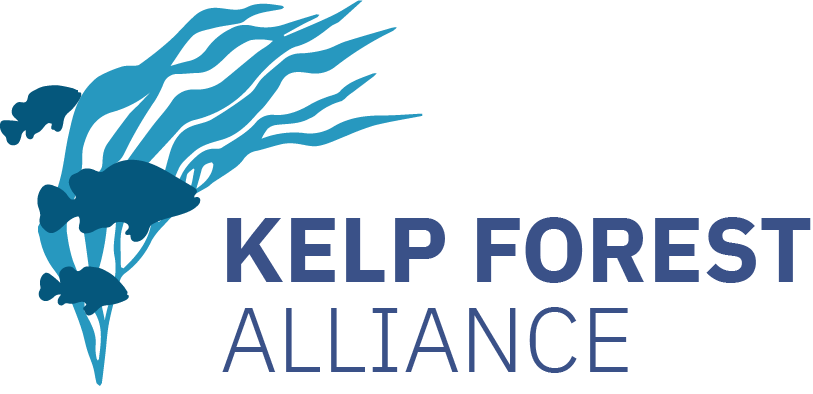Restoration Objective:
This study developed and tested 'green gravel' with the aim of improving kelp forest restoration techniques. Restoring reefs using green gravel requires little investment and provides potential pathways to propagate resistant genotypes that could ‘future proof’ vulnerable kelp forests to future stress.
Site Selection Criteria:
The selected site was located in a semi-protected area with patchy kelp (2–20% canopy cover) and turf-dominated reefs and mainly coarse sedimentary substrate.
Cause Of Decline:
Kelp forests are declining globally and are increasingly being replaced by degraded turf reefs. These transformations are linked to effects of human activities such as ocean warming and eutrophication.
Key Reasons For Decline:
Unspecified
Scientific Paper
Green gravel: a novel restoration tool to combat kelp forests decline
Scientific Reports.
https://doi.org/10.1038/s41598-020-60553-x


